If you're at all familiar with water sports or find yourself at the beach a great deal, you've probably seen people hitting the water on a board equipped with a paddle to move. This sport goes by many names, including paddle boarding, stand up paddle boarding, paddle surfing, SUP or just sweeping. The original Hawaiian name -- Ku Hoe He'e Nalu -- can be translated to mean "to stand, to paddle, to surf, a wave." It's a relatively new sport but it has quickly caught on with water sports enthusiasts around the world. So, where did the sport actually get started? Here's a look.
Image credit: Franci Esteban


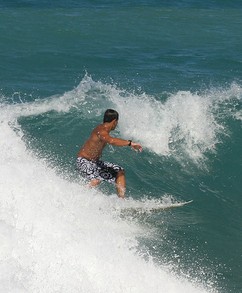
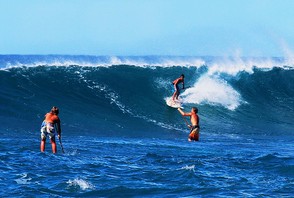
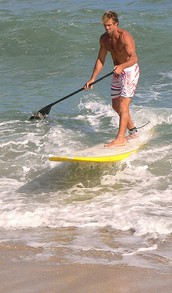
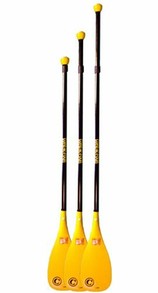
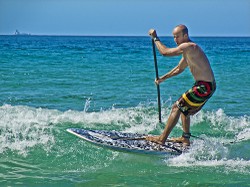

 Great Spots for Whitewater Kayaking in Californiaon 10/16/2012
Great Spots for Whitewater Kayaking in Californiaon 10/16/2012
 Benefits of an Inflatable Stand Up Paddle Board or ISUPon 09/19/2012
Benefits of an Inflatable Stand Up Paddle Board or ISUPon 09/19/2012
 What is Stand Up Paddle Boarding?on 08/30/2012
What is Stand Up Paddle Boarding?on 08/30/2012
 What is Land SUP or Land Paddling?on 08/23/2012
What is Land SUP or Land Paddling?on 08/23/2012
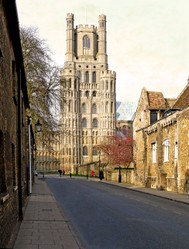
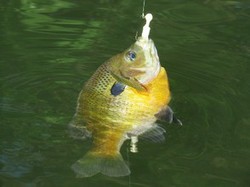
Comments